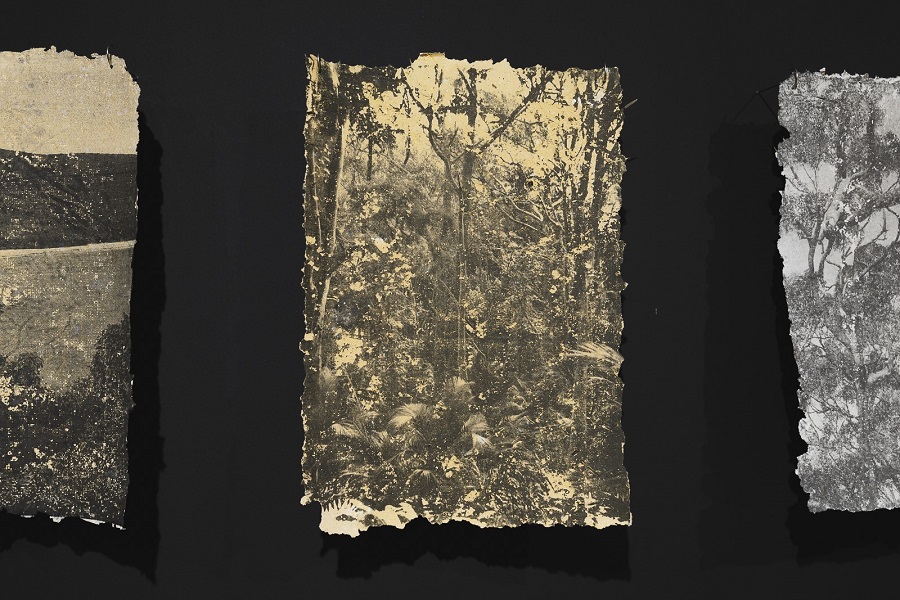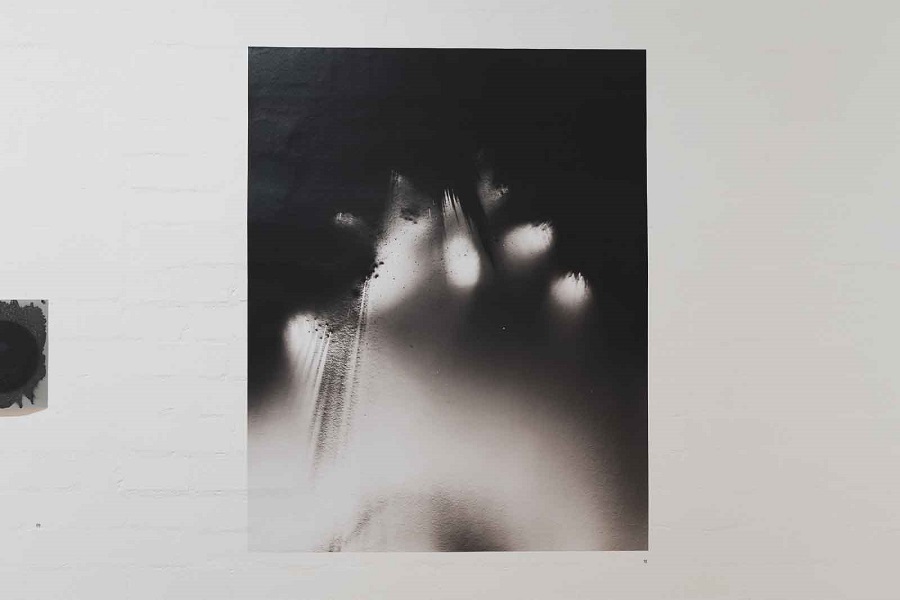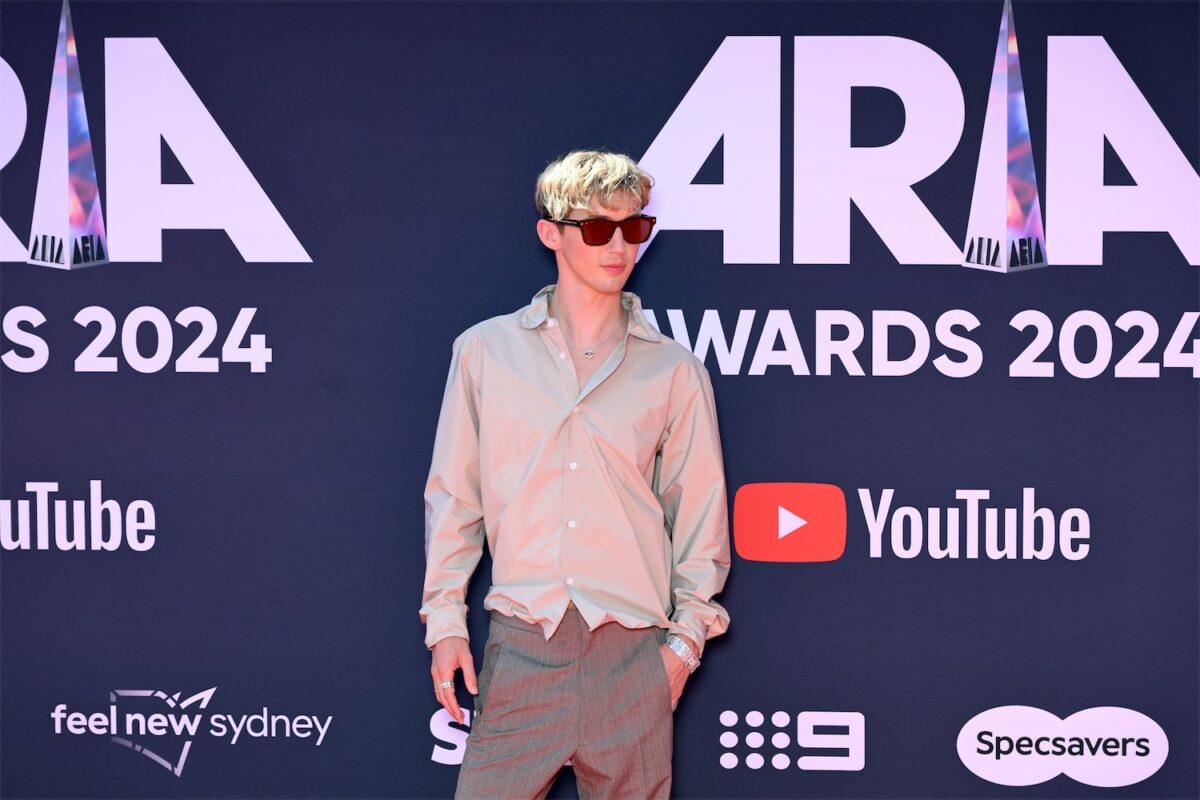
Photography / Dark Matter by Rozalind Drummond, Claire Paul, Phoebe Kelly and Sari Sutton. At PhotoAccess, until November 23. Reviewed by CON BOEKEL.
This exhibition presents the outcomes of the 2024 PhotoAccess Dark Matter residencies.
These residencies enable early and mid-career photographers the opportunity to focus on their art and to gain extended access to the dark room as well as to the very high levels of technical expertise of PhotoAccess staff.
In her exhibition launch speech, Tracey Moffatt spoke of the “mystery” of photography. We live in an era in which humans know more than they have ever known before. Paradoxically, we also know less about more.
Eighty-five per cent of the universe consists of dark matter. We know it is there because it has gravitational force. But we are blind to dark matter. It does not emit light. It does not respond to light.
Fittingly, these residencies are about individual leaps into the dark.

I found the work of two of the 2024 exhibitors particularly satisfying. Sari Sutton’s works represent a quantum leap in her artistic development. They are technically venturesome, playful, yet serious.
Unintentionally echoing Moffatt, Sutton referred to “magic” when talking about working with light in the darkroom.
Interstellar Travel is a cracker. Here Sutton uses a torch as a light source and uses She-oak seeds as shadow filters in the dark room. These seeds are in the form of highly structured cones that feature sharp points in regular but curved arrays. Sutton held the seeds only just above the development paper and shone a torch at a very low angle at and through the seeds. This generated arrays of pinpoint light along with comet trails of light. The light varies from sharp and focused to diffused. It is a journey of light on a background that is dark matter-black.
It is no accident that Sutton is a finalist in two categories in the Australian Photography Awards.
If Sutton reaches for the stars, Claire Paul heads resolutely towards mother earth. She aims to ground her art and to make time slow down. Her works are knowing, tactile and in-touch – journeys in materiality.
She begins by making her own paper: such rich textures! She photographs nature in situ. She collects water samples from those places and uses these in the dark room. She collects ash and charcoal and she uses those in the print making. The results, as in In a Dream, are images that are dense with meaning and materiality. They have a wonderful stillness about them.
By way of a minor digression, I found the framing generally not to work as well as leaving prints unframed where the memes are unbounded. The rough edges of the hand-made paper worked best of all.
October marked the 40th anniversary of PhotoAccess. The hundred or so birthday guests sang a lusty Happy Birthday to mark the occasion.
It is the longest-running Australian institution of its type. The 2024 dark matter residencies and this exhibition demonstrate all that is good about PhotoAccess. Contemporary photography is torn by the tensions between digital paradigms on the one hand and the grounded-in-touch-with-nature works exemplified by Sutton and Paul on the other.
What will the next 40 years bring?
Who can be trusted?
In a world of spin and confusion, there’s never been a more important time to support independent journalism in Canberra.
If you trust our work online and want to enforce the power of independent voices, I invite you to make a small contribution.
Every dollar of support is invested back into our journalism to help keep citynews.com.au strong and free.
Thank you,
Ian Meikle, editor



Leave a Reply